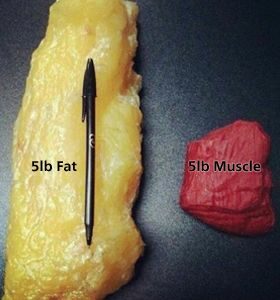Scale Won’t Budge? Here’s What To Do
Picture this: Your fitness goal is to lose a bit of weight, get a bit stronger and just generally get a bit fitter. Not asking for much right? So with your goals all set, you’ve been consistently working out for a year and half now.. You go to step on the scale and are shocked to see it hasn’t budged! Frustrating? Yes. If the number on the scale can make or break your day you’re not alone. You’re proud of your efforts in the gym but baffled by the number on the scale. Surely it would be going in the direction you want after all those squat jumps right?
1) YOUR SCALE DOES NOT ACCOUNT FOR EVERYTHING
2) LET YOUR CLOTHES TELL YOU
3) USE NON-SCALE MEASUREABLES
Let’s take a step away from body composition and let’s look at other ways to measure your fitness and health. Measuring your physical fitness tangibles like strength, endurance, speed, mobility etc. allows you to establish some starting points that you can retest at a later date. Who knows – this might even spark some much needed motivation for you besides stepping on the dreaded scale!
You and a trainer can measure your strength with tests such as Max Push up Test – how many push ups you can do in a certain time frame or a wall sit test for time as well. Sounds like fun right? You can measure your speed with a very simple 1 km run – or roughly 2.5 times around a track for time. If you’re looking to move better, a trainer can put you through the Functional Movement Screen to look at your mobility. We promise that the feeling of being stronger, faster and fitter far outweighs the number on the scale.
Other fitness victories that should never be forgotten include, being consistent with your program, having the energy to play with you kids, being able to walk up the stair without knee pain, better mental health and sleep.
If you enjoy relying on the scale and are able to step on it with a neutral mind set then make sure you’re using the scale properly. Ensure you always use the same scale, same time of day, same day of the week and in the same clothing.
If you’re still looking to move the scale then focus on making the health changes you need. Changes such as a healthier diet, progressive exercise routine, better sleep, stress management and your relationship with food. Take an honest look at your overall activity level as well as your consistency with exercise and nutrition. With this approach your goals will be met. Feeling overwhelmed yet? Fear not! A certified personal trainer can help you!


